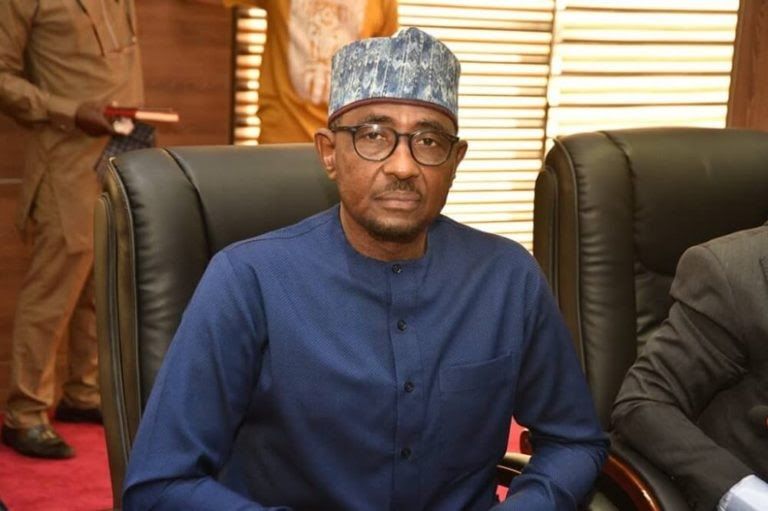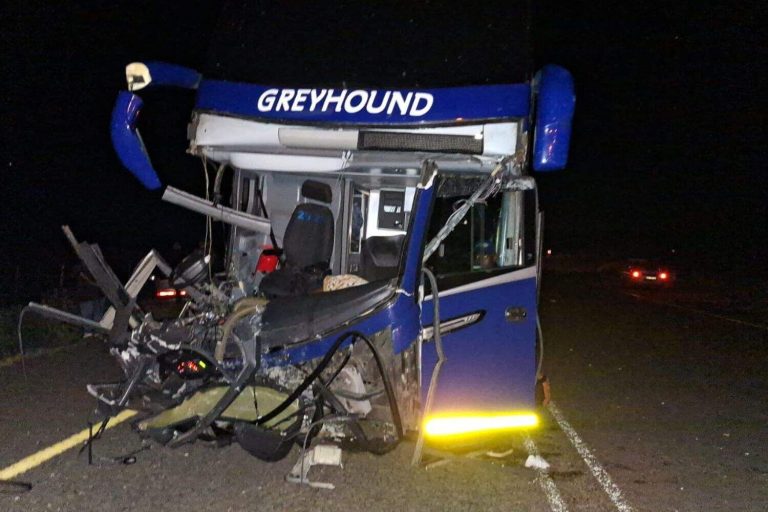
The Chief Executive Officer of the Nigerian Midstream and Downstream Petroleum Regulatory Authority (NMDPRA), Farouk Ahmed, has expressed concern over Nigeria’s slow pace in developing compressed natural gas (CNG) infrastructure, revealing that the country has fewer than 50 compression stations nationwide.
Ahmed, represented by the agency’s spokesperson George Ene-Ita, spoke at the Nigerian Association of Energy Correspondents (NAEC) Summit in Lagos, where he called for urgent expansion of investment in gas and other alternative energy sources to drive sustainable growth and diversification of the economy.
He disclosed that Nigeria currently has fewer than 3,000 liquefied petroleum gas (LPG) refilling plants, far below what is needed to meet the energy demands of over 200 million people.
“As a country, Nigeria is in urgent need of a diversified investment approach in our energy mix to further drive economic expansion beyond the traditional focus on fossil fuels,” Ahmed said.
Infrastructure gap slows energy transition
Despite the Federal Government’s ongoing efforts to promote CNG as a cleaner and cheaper alternative to petrol and diesel, Ahmed lamented that infrastructure development remains slow.
“It is important to note that the number of LPG refilling plants in the country is less than 3,000, while CNG compression stations are fewer than 50. Closing these gaps is critical to achieving sustainable economic growth, job creation, and energy security,” he said.
He emphasised that investing in gas infrastructure would not only strengthen Nigeria’s energy base but also attract private capital, generate jobs, and support the country’s industrialisation drive.
“A constructive approach to developing our energy sources would have the potential to enable sustained growth, create employment opportunities, and expand the revenue base,” he added.
Government pushes CNG as fuel subsidy alternative
The Federal Government, through the Presidential Compressed Natural Gas Initiative (PCNGI), has been promoting the adoption of CNG as part of its strategy to cushion the impact of fuel subsidy removal.
Following President Bola Tinubu’s announcement in 2023 that petrol subsidies were eliminated, pump prices surged from about ₦175 to ₦870 per litre, prompting the government to promote CNG as a cheaper and cleaner substitute.
To support this transition, the government has incentivised motorists to convert petrol and diesel vehicles to CNG-powered systems. However, adoption has been hindered by the high cost of conversion and the limited availability of refuelling stations across the country.
Over 100,000 vehicles converted, but challenges persist
According to the Chief Executive of the PCNGI, Michael Oluwagbemi, more than 100,000 petrol-powered vehicles have been converted to CNG within the past year, marking significant progress from fewer than 4,000 previously.
“From just seven conversion centres last year, we now have 265 nationwide. We’ve also created over 10,000 direct jobs and grown from 20 to 60 operational refuelling stations, with 175 more underway,” Oluwagbemi said.
He added that another 100 CNG stations are expected to be inaugurated within the next three months.
Defending the pace of implementation, Oluwagbemi said, “Rome wasn’t built in a day. Those who led Nigeria into the fuel subsidy crisis cannot fairly criticise the speed at which we’re addressing it.”
Rising CNG prices and long queues dampen enthusiasm
Despite the progress, rising CNG prices and limited supply continue to frustrate motorists. In September, the cost of one standard cubic metre (SCM) of CNG jumped from ₦230 to ₦450.
While trucks currently pay the full rate of ₦450/SCM, car owners and commercial drivers still enjoy partial subsidies, paying around ₦380/SCM.
Many users have also complained about long queues at the few operational CNG stations, raising doubts about the government’s ability to scale up infrastructure fast enough to meet growing demand.
NMDPRA urges private sector participation
Ahmed said the NMDPRA is working closely with investors to attract funding into the gas value chain and implement the National Energy Transition Plan, which identifies gas as a bridge fuel towards renewable energy.
“With Nigeria’s vast gas resources, there are immense opportunities for investment across the upstream, midstream, and downstream sectors,” he noted.
He outlined four strategic pillars for a sustainable energy future:
- Gas as both backbone and bridge of the transition;
- Energy security through refining, storage, and supply resilience;
- Decentralised power and clean alternatives; and
- Regulatory certainty and people-centred policy reforms.
Ahmed reiterated that expanding CNG and LPG infrastructure nationwide is vital to making gas affordable and accessible to households, industries, and transport operators.



